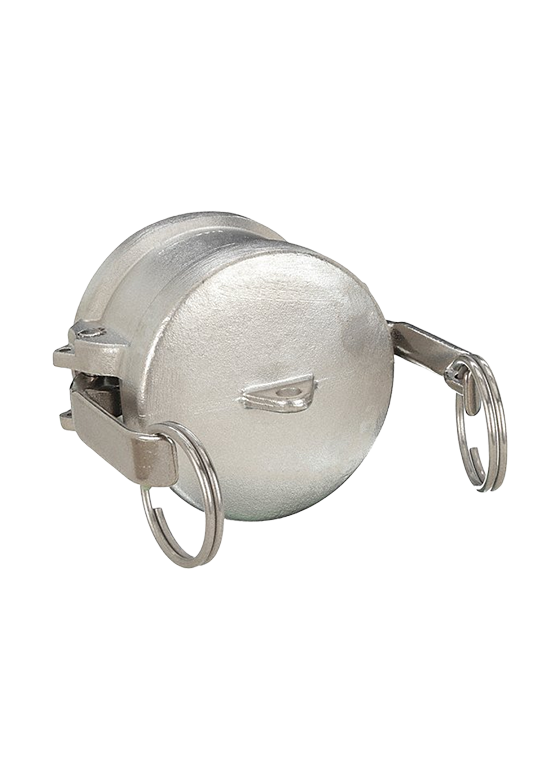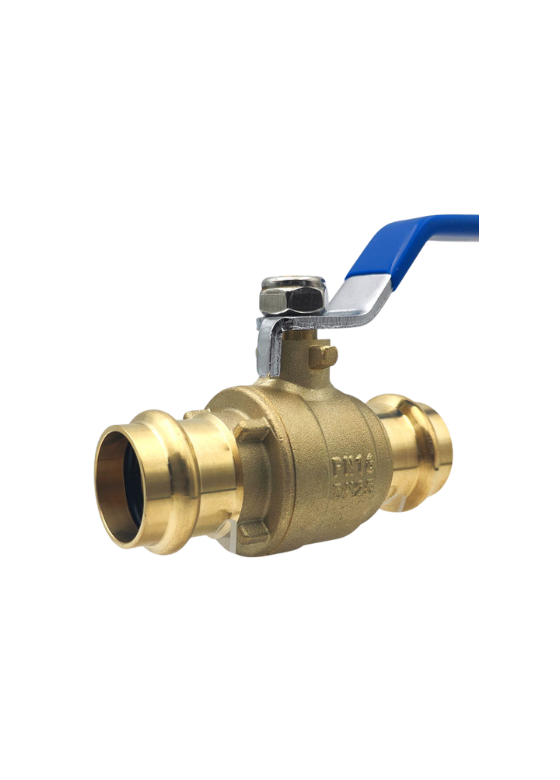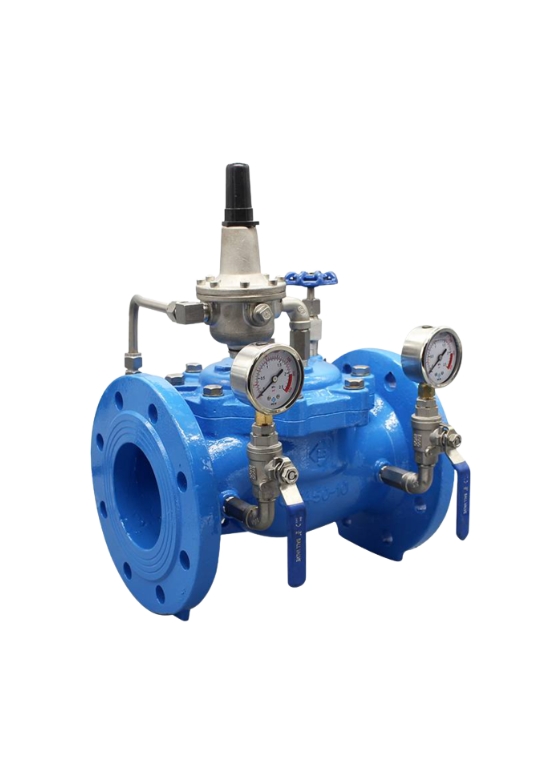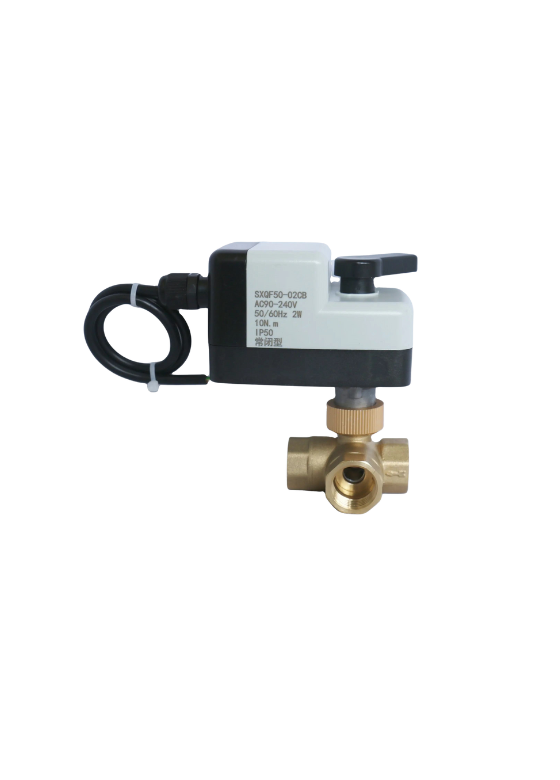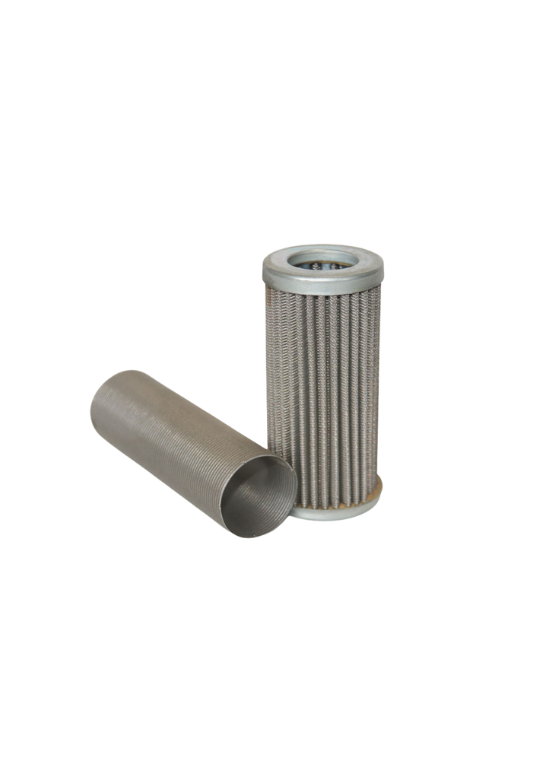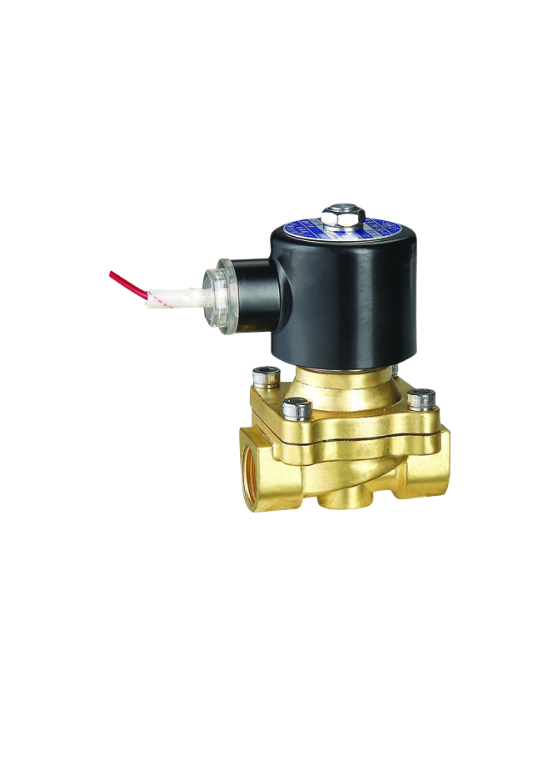
Stainless Steel, Brass
Material
1/2" - "2"
Size
NPT/G
Thread
Valves and Filters
Solenoid Valve V-032
A solenoid valve is an automated valve component that uses an electromagnetic coil to drive a spool for opening and closing control. This compact solenoid valve is widely used for flow control of liquid and gaseous media, particularly suitable for automation and remote-control systems.
- Long Service Life
- High Cost-effectiveness
- High Control Accuracy
- Quality Control System
- Accurate Testing Processes
Solenoid Valve V-032
Solenoid valves serve as the core components of automated fluid control systems, playing a vital role in modern industry due to their rapid response and precise control capabilities. They achieve swift opening and closing of media through electromagnetic actuation, maintaining stable operation even under high pressure, high temperature, or corrosive conditions. These valves not only enable unidirectional flow control but also perform multi-way switching in complex operating environments. Their compact design ensures easy installation while offering both rapid response and high compatibility.
Solenoid valves offer stainless steel and brass body options to meet corrosion resistance and strength requirements for various media. Standard models operate at 0-10 bar pressure ratings, while high-pressure variants reach up to 40 bar. Operating temperatures range from -10°C to +120°C (using PTFE/EPDM/fluorocarbon rubber seals). Connection and voltage options include NPT or G threads, sizes from 1/2 to 2 inches, and voltage support for DC12V/DC24V/AC110V/AC220V.

Features
Rapid Response Speed
The V-032 solenoid valve completes opening and closing actions within milliseconds, making it ideal for pulse control and precision timing control circuits.
High Control Accuracy
This solenoid valve precisely regulates flow rate, pressure, and direction via electrical signals, enabling high-precision fluid control. Repeatable strokes and stable coil response ensure consistent flow and pressure setpoints within the system.
Low Energy Consumption
The low-power coil option makes this solenoid valve an energy-efficient product, suitable for distributed or battery-powered systems. Power is consumed only during switching moments, with extremely low energy usage during continuous operation, meeting energy-saving requirements for long-cycle operation scenarios.
Versatile Applications
As an industrial solenoid valve, it accommodates various media including water, oil, steam, and corrosive liquids when paired with compatible seals and valve body materials. Widely deployed in industrial automation, food processing, chemical plants, HVAC systems, and water treatment facilities.
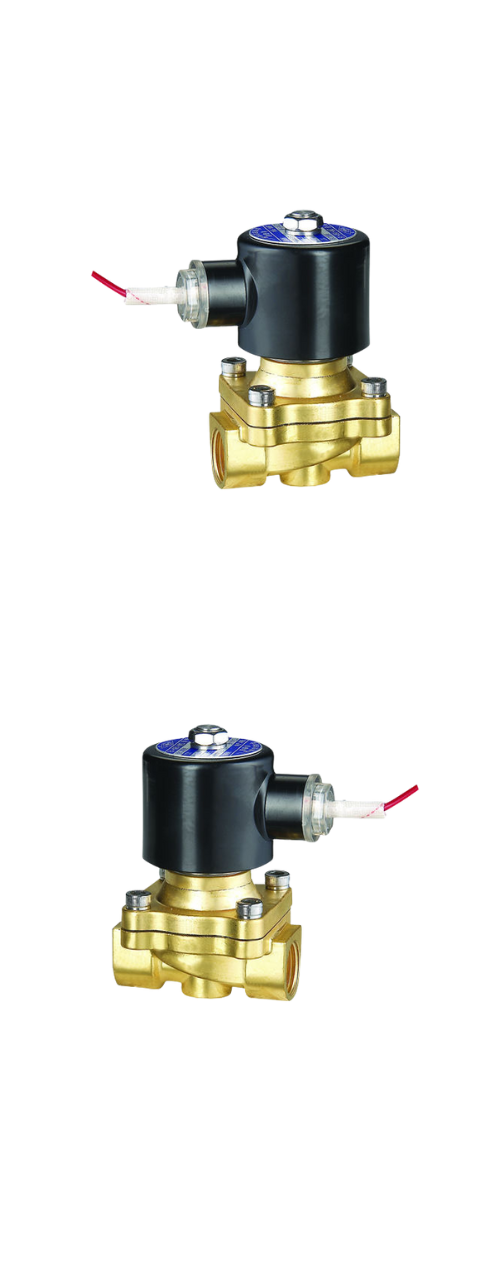
Applications


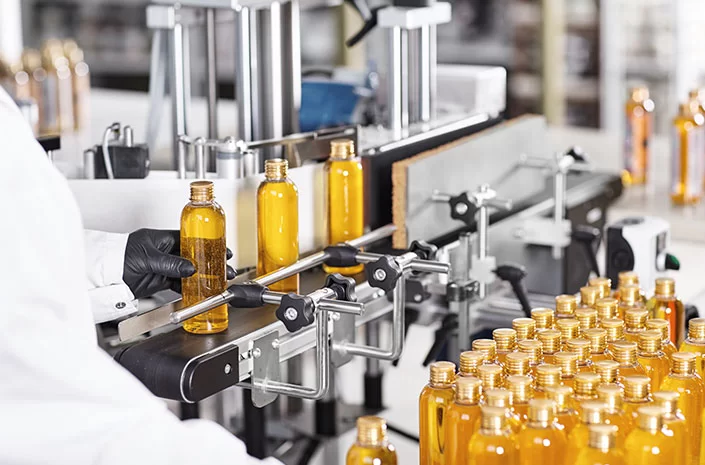
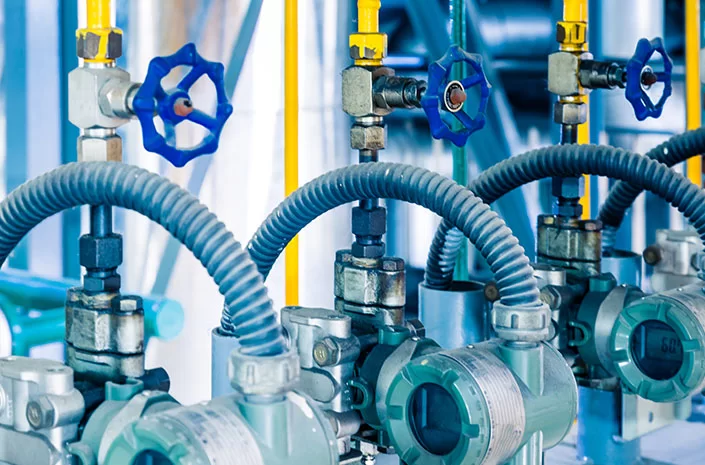
The solenoid valve for industrial automation controls actuators, dosing pumps, and pneumatic circuits in automated lines. Its fast response and precise control improve cycle times and machine repeatability.
The stainless steel solenoid valve is used to control wash, dosing, and process flows without contaminating product lines. Stainless materials and correct seals ensure hygienic operation and easy CIP compatibility.
The electric solenoid valve automates zone control, condensate handling, and chilled-water circuits in commercial systems. Compact size and low power draw suit distributed control panels and remote installations.
The solenoid valve V-032 is used for chemical dosing, filtration controls, and reagent injection systems. Corrosion-resistant bodies and reliable on/off action protect downstream instruments and improve process safety.
Specs
Product Specifications
Size Range | “1/2” – “2” |
Materials | Stainless Steel, Brass |
Thread Type | NPT/G |
Temperature Range | -5℃ to 80°C |
Maximum Pressure | 0.3 – 8 bar |
Logistics and Certifications
| Certificate | ISO 9001:2015,IS014001:2015, CE, ROHS, KC, etc.. |
| Package | PVC bag for each piece.Cartons with pallet/out pallet/wooden boxes |
| Port | Ningbo/Shanghai, China Or other port on request. |
| Sample | Offer free samples and freight collected |
| Delivery Detail | According to the quantities and specifications of each orderA complete stock to provide fast deliveries for small orders.Normal delivery times is from 30 to 45 days after receiving the deposit |
| Generic Applications | Oil and Gas, Chemical, Food and Beverage, Agricultural Irrigation |
Support
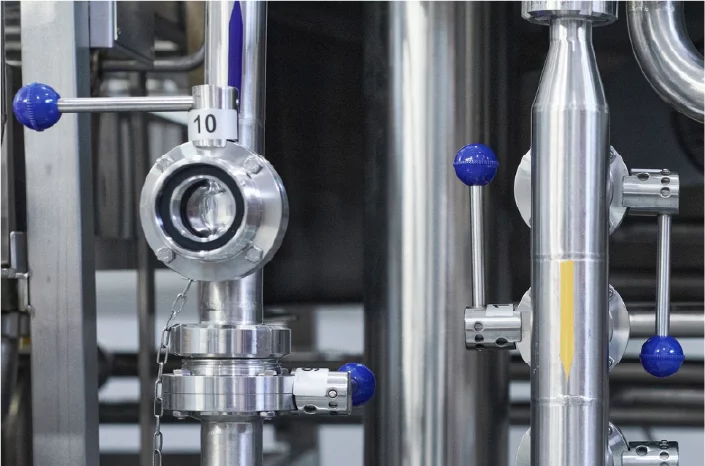

Before installation, isolate and depressurize the pipeline, and disconnect the power supply to prevent electric shock. Verify the solenoid valve's specifications, material, thread standard (NPT or G), and flow direction marking. Install the valve with the arrow pointing in the same direction as the system flow, and support adjacent piping to prevent the valve body from bearing loads. When threading connections, manually tighten the threads to prevent misalignment and apply an appropriate thread sealant. If recommended by the manufacturer, ensure the coil and electrical connectors remain accessible and are installed vertically. When welding is necessary, follow approved procedures and allow cooling before installing the coil. After completing mechanical and electrical installation, pressurize slowly, briefly energize the coil to activate it, cycle the solenoid valve to seat internal components, then inspect for leaks and verify electrical functionality.
At Procamlock, we are committed to ensuring every solenoid valve delivers consistent performance and extended service life. Our after-sales team provides guidance on valve core replacement, best practices for solenoid valve maintenance, and troubleshooting assistance for any technical issues. We also supply genuine replacement parts to keep your valve systems operating efficiently. Whether you need quick maintenance tips or detailed upkeep recommendations, our support team is dedicated to helping you maintain optimal performance of your automated solenoid valves long after purchase.
FAQs
Looking for answers about
Solenoid Valve? Visit our FAQ section for detailed information and expert insights.
What is the working principle of a solenoid valve?
A solenoid valve primarily uses an electromagnetic coil to generate a magnetic force, driving the valve core to move and thereby achieve fluid on/off control or switching.
What media is the solenoid valve suitable for?
It is suitable for conveying water, air, oil, steam, acidic or alkaline liquids, etc. The applicable media should be selected based on the material of the solenoid valve.
Does it produce noise?
The sound is very low under normal operating conditions. If abnormal noise occurs, it may be due to voltage fluctuations or contaminants inside, requiring troubleshooting.
What is the difference from a pneumatic valve?
Solenoid Valves are electrically driven for precise and fast control, while pneumatic valves use compressed air and are better for high-flow or heavy-duty applications.
What precautions should be taken during installation?
Install according to the flow direction markings and ensure the valve body remains horizontal, avoiding the coil facing downward.
Related Products
Brass or Stainless Steel 304/316
1/2"-4"
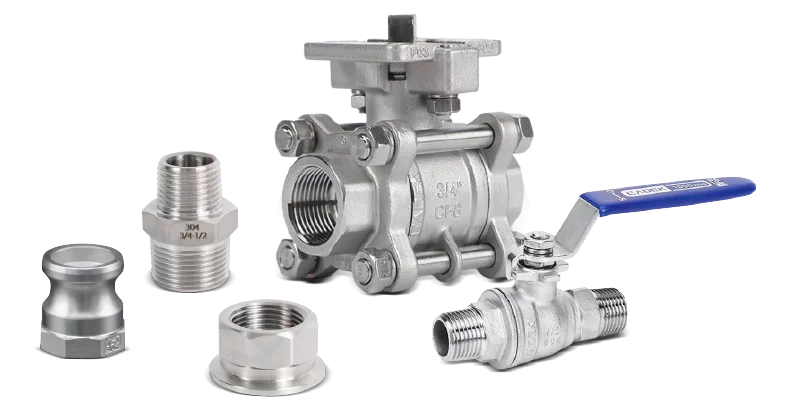
Get Your Camlock Coupling Today!
PROCAMLOCK offers durable, high-performance camlock fittings for easy use across industries like food processing, chemical, and construction.
